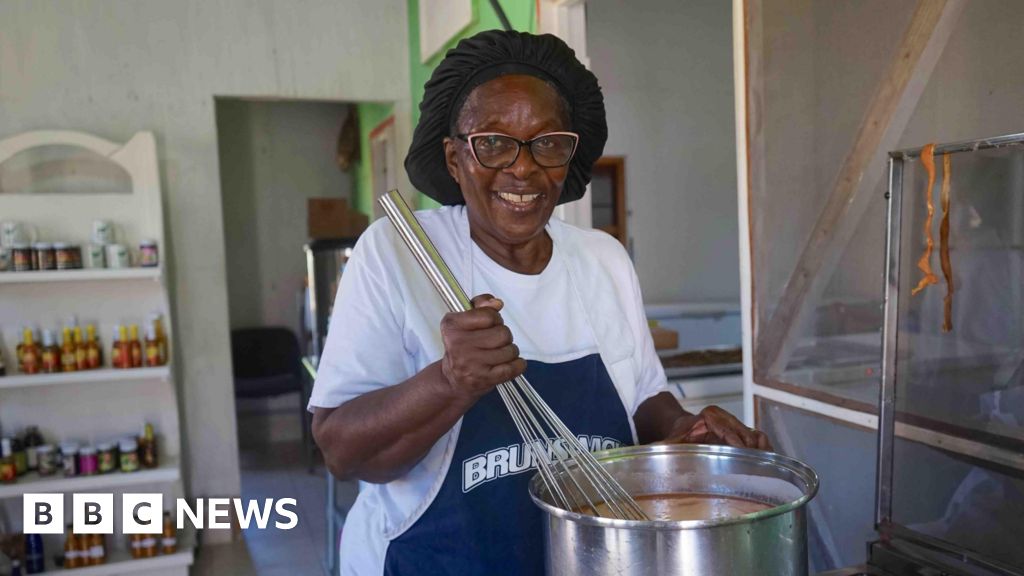Reporter, St John’s, Antigua
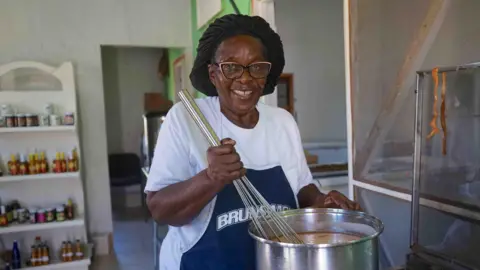 Gemma Handy
Gemma HandyIt is not cricket or politics that triggers the most ardent debate in Antigua and Barbuda.
It is the ingredients of a beloved national dish.
The question of whether “ducana” – a sweet potato and coconut dumpling – should or should not contain raisins has divided local residents for decades.
The piquant pudding is one of many foods widely eaten in the Caribbean country that has its origins in Africa and has survived to this day.
And its inclusion in a national inventory of cultural heritage currently being created looks set to reignite the jocular dispute.
Antigua and Barbuda’s traditional food is just one aspect of the work under way to preserve the twin isles’ distinct features for posterity.
The inventory will also include its unique dialect, bush medicine, games, crafts, architecture and boat-building techniques.
The mammoth venture, being funded by the United Nations cultural body, Unesco, follows concerns that key elements of the country’s cultural identity are being lost, explains project leader Dr Hazra Medica.
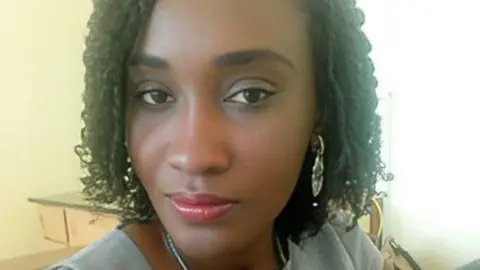 Courtesy of cpoise.gov.ag
Courtesy of cpoise.gov.ag“There is no longer the traditional transmission of knowledge from older to younger people,” she tells the BBC.
“Without that, we start to lose the sense of who we are. Outside influences can dilute indigenous culture and people fear that what is peculiarly Antiguan will be lost.”
More than two dozen specially trained data collectors have been tasked with interviewing residents from each parish, gathering stories, photos and information. The results will be meticulously entered into a publicly accessible database.
Local author Joy Lawrence needed little encouragement to take part.
The former schoolteacher’s books focus heavily on the country’s Creole/English dialect that weaves in many African words from Antiguans’ ancestors.
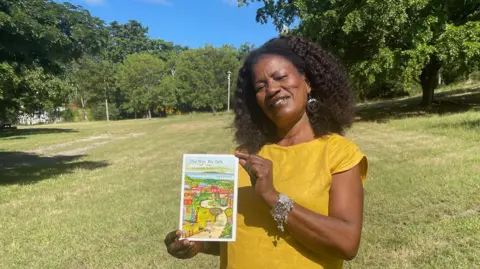 Gemma Handy
Gemma HandyEnglish may be the main language but patois, spoken at accelerated speed, is ubiquitous and routinely used to show kinship and camaraderie.
“When the British brought Africans here, they could not speak English and the British could not speak African languages. Because the Africans came from all over and spoke different languages, they could not even converse among themselves for the most part,” Ms Lawrence says.
“To communicate, the Africans borrowed some vocabulary from the British and incorporated their own pronunciation and syntax to form a pidgin thing. Over the generations, it became perfected and developed structure and grammar.”
A couple of generations ago, Antiguan dialect was sneered at and children were commonly forbidden to speak it in school. There are still some who look down their nose at it today, Ms Lawrence scoffs.
“Our forebears worked hard to coin that language,” she asserts. “It’s our first language; how can we not preserve what’s ours? It’s not a written language and we spell it any old how, but it has rhythm and I’m proud of it.”
The dialect is characterised by an “economy of words” and sparse pronouns, she continues.
“We don’t waste time to say ‘not at all’; we just say ‘tarl’. Instead of ‘come here’, we say ‘cumyah’. And we never say her or him; it’s always she or he.”
In places such as school and church, dialect is used for “emphasis, clarity and reinforcement”. “Because we think in it,” Ms Lawrence adds.
Disagreements over the “correct” way of doing something is one reason for the decline of some cultural practices, Dr Medica believes.
Varying methods of stirring “fungee”, a cornmeal paste which also hails from the mother continent, and precisely what to add to it is another subject of friendly bickering.
“There’s this idea that this is how it’s done and should always be done. Sometimes younger people are turned off by not doing it ‘right’.
“In the workshops, we saw the ‘fungee war’. Antiguans say it should have okra in it, while Barbudans add peas, which made some gasp in shock,” Dr Medica smiles.
Novella Payne – who produces a range of teas, sauces and seasonings under her “Granma Aki” brand – learnt everything she knows from her mother and grandmother, but adds her “own twist” to time-honoured recipes.
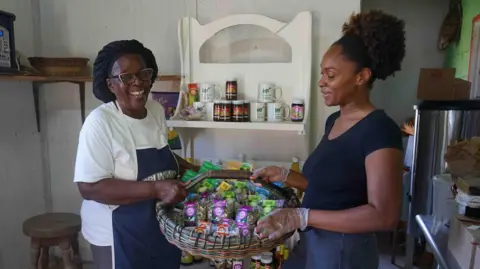 Gemma Handy
Gemma Handy“The seasoning is what sets Antiguan food apart – garlic, onion, thyme and seasoning peppers,” she explains.
Many of Ms Payne’s creations feature local medicinal plants, long used to treat everything from coughs and fever to rashes and nausea. Soursop, lemongrass, noni and moringa regularly appear in her syrups and juices.
“Our food is delicious, nutritious and should be preserved because it’s part of our culture and heritage,” she adds.
The project recently got under way in Antigua’s sister isle, Barbuda, where Dwight Benjamin is striving to keep the art of traditional broom-making alive.
Mr Benjamin uses palm leaves, which must be sun-dried for two days, to create the bristles before weaving them on to a stick crafted from a bay tree.
The techniques were passed on to him by his grandfather and Mr Benjamin, an accountant by profession, is one of few people still making and selling the brooms.
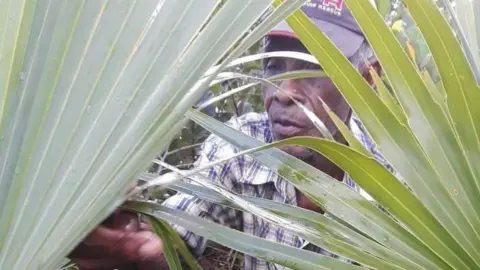 Dwight Benjamin
Dwight BenjaminHe says they remain in high demand among Barbuda’s residents.
“I may be biased, but I find them more effective than store-bought brooms – you feel the difference when you use them. They cover more ground too,” he says.
“It’s not widely practised anymore, but it’s something we should cherish and document. I’m hoping my son will pick it up.”
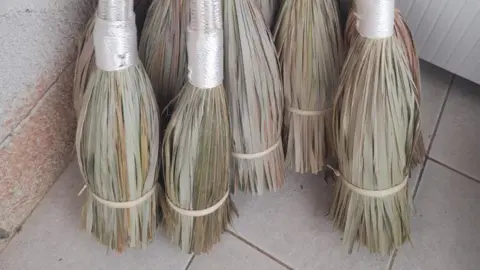 Gemma Handy
Gemma HandyFor Dr Medica, the project has deeper significance still.
“When we talk about culture in Caribbean islands, we tend to forget the engagement with our colonial past and the impact of that. We’re told that our history began when Africans were brought here, projecting this notion that we came as empty vessels with no memory,” she says.
“The great thing about this work is the huge evidence of African cultural retention. As a people we can claim, ‘This is us.’
“In dialect, when someone treats you unfairly, we say ‘me smaddy [somebody] too’,” she adds. “And that’s what this whole project is; it’s a claim to personhood.”
Note:- (Not all news on the site expresses the point of view of the site, but we transmit this news automatically and translate it through programmatic technology on the site and not from a human editor. The content is auto-generated from a syndicated feed.))
